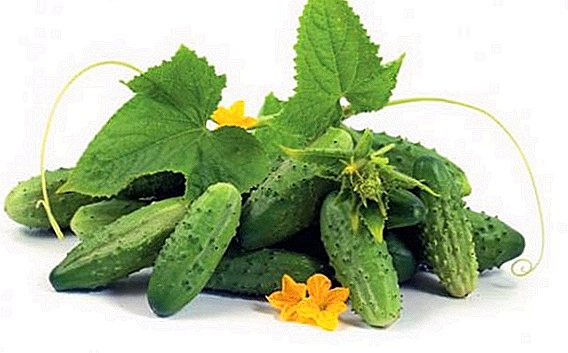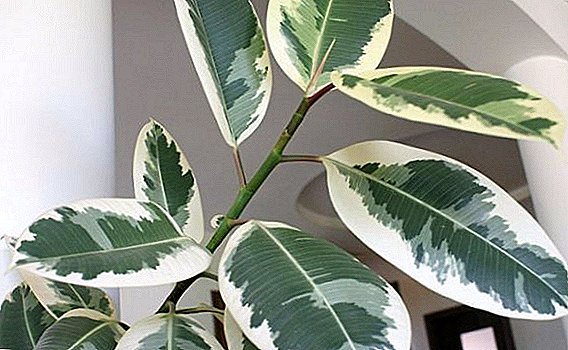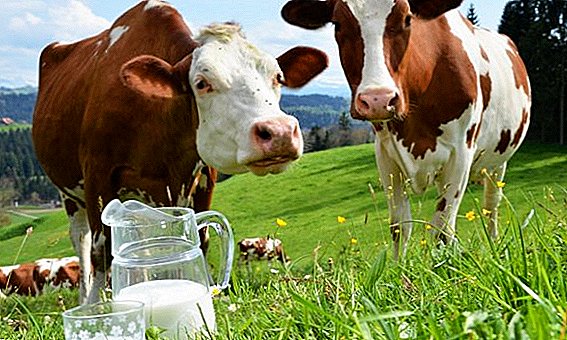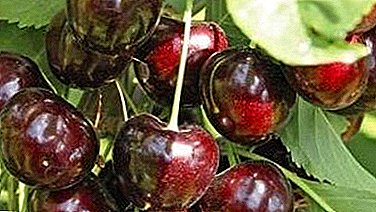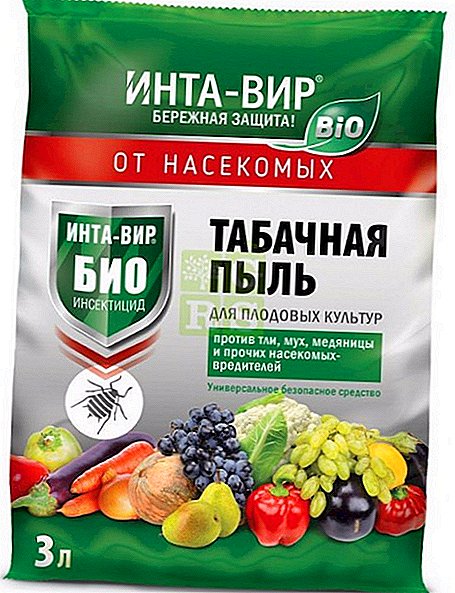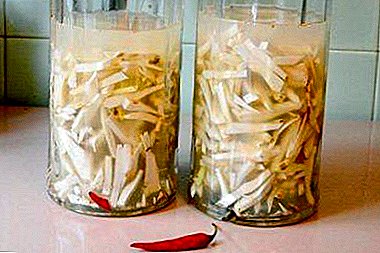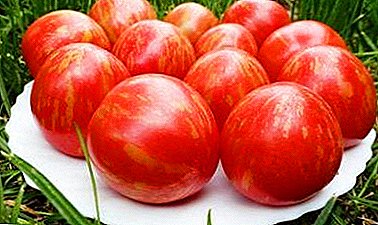
Tomatoes, unlike many crops, develop best when grown in bags. The main advantage is that tomatoes in bags can be moved from one place to another without damaging their rhizomes or stems.
At first, this method seems very unusual, but has been popular for quite some time, becoming more common and popular every year. All the disadvantages and advantages of planting tomatoes in bags will be discussed in this article.
Description of the method
The essence of the method is that planting tomato seedlings in bags may expect high yields. For the implementation of this idea, you need suitable bags, a substrate for filling, a place where you can place them, supports for garters and healthy seedlings. This method of growing tomatoes is not too different from growing the traditional method.
In this case, it is a matter of carrying out the cultivation of tomatoes in bags, when the seedlings need to be planted not in open ground in vegetable gardens, but in bags of soil, which is sold in special stores in special stores.
Advantages and disadvantages
Among the advantages of this method of landing the following:
 In the event of the onset of premature cold or frost, bags can be moved to the most insulated room.
In the event of the onset of premature cold or frost, bags can be moved to the most insulated room.- When watering moisture gets directly to the root system of plants, and does not spread over the surface of the earth, which saves the amount of water needed for irrigation.
- Reduced watering time due to slow evaporation of moisture.
- The soil warms much more quickly under sunlight and cools a lot less at night.
- Tomatoes are much less exposed to various kinds of diseases.
- The threat of the spread of pests and infections is reduced.
- The minimum need for time and effort for weeding, hilling, loosening, harvesting.
- The tangible increase in total crop yields.
- Soil after harvesting tomatoes can be applied to other parts of the flower garden or vegetable garden.
- The yield of tomatoes in bags does not depend on the quality of the soil in which they are grown
- Such a harmful factor as weeds disappears.
- Compactness: this method of cultivation saves space for the cultivation of other crops and makes it possible to place bags in any place.
The disadvantages of this method of growing tomatoes are:
- When moving, bags of tomatoes may tear, taking into account the lower holes. But they are necessary to prevent rotting of the rhizomes of tomatoes and stagnant water in the soil.
- The color of the bags should be chosen light, because dark shades attract heat, and because of this, the tomatoes will grow poorly and overheat badly, and it will also be necessary to increase the amount of water for watering several times.
- It is possible to overdo it with watering. If you do not watch in time, the tomatoes will die.
- The need to use additional materials in contrast to the usual method of planting crops.
- You need to think in advance about the preparation and time for planting and grooming tomatoes.
- Will require very frequent watering. You need to think about the location of the bags on the site so that the well or the column is nearby.
Water should be poured specifically into the drainage column, otherwise the plant root system may rot from an overabundance of moisture.
Training
Sacks
 For the cultivation of tomatoes in this method, you can use large bags of sugar (for 30 and more kilograms), since they are more durable, they allow air and water to pass well than similar polyethylene.
For the cultivation of tomatoes in this method, you can use large bags of sugar (for 30 and more kilograms), since they are more durable, they allow air and water to pass well than similar polyethylene.
In this case, it is necessary to cut the corners to form special drainage holes. But this does not interfere with taking plastic bags for planting tomatoes.
When preparing materials for planting tomatoes should pay attention to the color of the bags: it is better that they are light tones, but if there are none, then dark bags should be wrapped with light (white) material so that the rhizomes do not overheat. And the material from which the bags are made is not so important; they can be made from polyethylene or you can take bags that previously contained sugar.
Seed
There is an opportunity to buy seeds in a specialized store or to prepare them in advance with your own hands. Before planting tomatoes in the soil, you need to prepare seeds 62-67 days before that - tomato seedlings should be 55-60 days + a week for germination (for details on how to grow tomato seedlings in the Chinese way, read here, and from this articles you will learn about the seedless seed sowing method).
Seeds must first be calibrated in a 3% solution of salt (3 g per 100 ml of water). Within a few minutes, empty seeds will float, and quality seeds will sink to the bottom. Then the seeds must be disinfected in a solution of potassium permanganate or hydrogen peroxide solution for thirty minutes. Next, you need to harden the seeds in the refrigerator for two days at a temperature of + 1 ° C.
Other material
The soil: In order to increase the yield of tomatoes, it is best to prepare a special soil before planting. Pre-prepared soil for tomatoes should not be strongly alkaline or acidic, it is better to make it neutral. To obtain the effect of looseness, vermiculite, sawdust and sand should be added to the ground.
In order not to feed the tomatoes further, before the emergence of the ovaries, it is necessary to fill the bags with half the humus, and fill the second part with ordinary soil. Also the role of filler can perform compost.
Tomato tying: You can tie up the tomatoes with a rope, wire or rail, which should be pulled over the bags, to which the bushes will be tied with string. You can also insert wooden supports into the bags.
Detailed instructions: step by step
In sugar containers
 It is best to use for planting tomatoes in this way bags of white color from under the sugar, as they have a strong density compared to plastic. Then you need to take the spatula and pour two buckets of compost earth into the bag.
It is best to use for planting tomatoes in this way bags of white color from under the sugar, as they have a strong density compared to plastic. Then you need to take the spatula and pour two buckets of compost earth into the bag.
In the case of the use of bags of sugar, then the holes can not worry. According to a special production technology, they have already been done in advance. Due to the white color of the plant will not overheat and the rhizomes will develop faster.
Firstly, growing a tall variety of tomatoes implies filling the third part of the volume with soil. Secondly, if a low-growing variety is planted, then the bag is filled exactly half. Then the bags should be put tightly to each other in the greenhouse, and the top of the bag should be turned out.
Landing happens this way.:
- Nutrient mixture should be poured into the bag.
- From the container, two or three plants should be transplanted into each bag, depending on their height.
- The rhizomes of tomatoes should be sprinkled on top of the ground, the neck should be at ground level.
- The soil must be carefully tamped.
- Then you should water the planted seedlings.
- Next, you need to move the bags with tomatoes in the greenhouse. If the cold has passed, then they can be taken out in the garden.
In plastic bags
- In the case of using a plastic bag for planting tomatoes, cut openings for seedlings, while cutting the top of the bag along the cutting line.
Such bags are designed best for planting three tomato seedlings in one bag.
- Next you need to do on the sides of the bag drainage holes.
- Then you need to do in the soil for planting seedlings small holes. The dimensions of such holes should correspond to the size of the container from which the plant will be planted.
- The seedling should be carefully removed and transplanted into the dug hole.
- As a support, you can take small pegs or pull the rope.
- At the end of the landing, the tomatoes should be plentifully irrigated.
How to care for tomato seeds before and after planting?
 Before planting tomatoes in bags, you need to carry out high-quality disinfection of seeds.. Seeds should be soaked in hydrogen peroxide or in solution of potassium permanganate in advance. In the case of buying seeds, the need for this procedure is automatically eliminated. Before planting, seeds should be germinated in advance: you need to put them in warm water for a day and wrap them in a damp cloth for several days before germination.
Before planting tomatoes in bags, you need to carry out high-quality disinfection of seeds.. Seeds should be soaked in hydrogen peroxide or in solution of potassium permanganate in advance. In the case of buying seeds, the need for this procedure is automatically eliminated. Before planting, seeds should be germinated in advance: you need to put them in warm water for a day and wrap them in a damp cloth for several days before germination.
Also, they must be dried to flowability. It is necessary to make special grooves at a distance of several centimeters from each other with the help of a pen, water it well and sow the seeds at intervals of about three centimeters. Then it is necessary to cover the container with a transparent film before germination, periodically moistening and airing.
Read more about how to process tomato seeds before sowing, in a separate article.
What result should be expected?
When growing tomatoes in bags, the fruits ripen much earlier than when grown by the traditional method (about two to three weeks ahead of schedule). Tomatoes grown in bags are significantly ahead of the number of plants in each bush that grow in open ground.
Tomatoes with this method are much juicier, larger (for the difficulties and characteristics of growing large tomatoes can be found here). Their weight can reach even one kilogram. Such fruits do not crack, and their flesh is much denser and more fleshy than the fruits of tomatoes growing in garden beds.
Common mistakes
- Excessive watering. There is no need to overfill the ground, because the outflow of excess moisture from the bag is quite slow, and the roots can rot.
- Insufficient decontamination before the next planting of tomatoes.
- After harvesting, the ground can be thrown into the compost pit, and the bags stored, as they can be used more than once. But before the next planting, it is imperative to process the bags with a disinfecting compound, especially if the tomatoes are sick.
- Insufficient care of plants when the temperature is lowered. With a cold snap, you need to unfold the upper free edge of the bag and cover up the seedlings; for some time you can drag the bags into a more warmed room.
- Insufficient disinfection. First of all, it is necessary to disinfect seeds, soil and containers for growing tomatoes to prevent the occurrence of diseases, and not to treat plants for diseases.
Exactly thanks to the planting of the tomatoes in the bags, it is easy to protect them from frost in the spring, create favorable conditions for the development of plants and obtain a good harvest.


 In the event of the onset of premature cold or frost, bags can be moved to the most insulated room.
In the event of the onset of premature cold or frost, bags can be moved to the most insulated room.